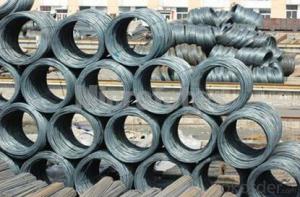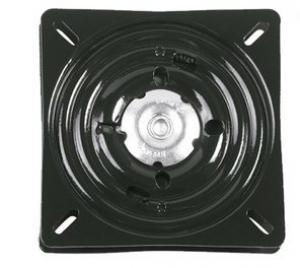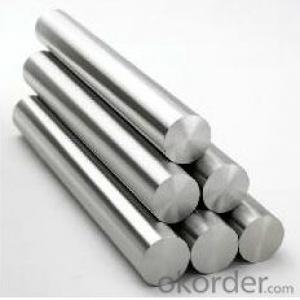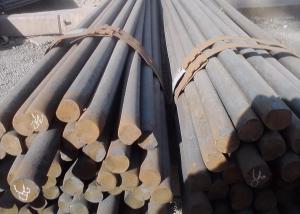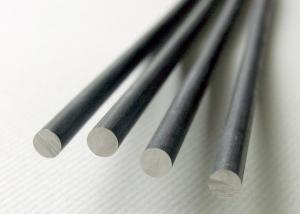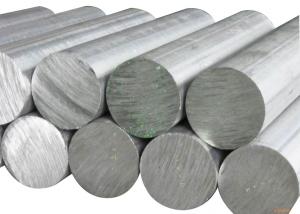Diameter 10mm AISI 304 Stainless Steel Wire Rod
- Loading Port:
- Tianjin
- Payment Terms:
- TT OR LC
- Min Order Qty:
- 1 m.t.
- Supply Capability:
- 10000 m.t./month
OKorder Service Pledge
Quality Product, Order Online Tracking, Timely Delivery
OKorder Financial Service
Credit Rating, Credit Services, Credit Purchasing
You Might Also Like
Item specifice
Type:
Carbon Steel,Spring Steel,Bearing Steel,Gear Steel,Deformed Steel,Stainless Steel,Alloy Steel
Shape:
Steel Coil,Steel Sheet,Steel Wire Rod,Steel Flat Bar,Steel Square Bar,Steel Angle,Steel Round Bar,Steel Billets
Technique:
Hot Rolled,Cold Rolled,Cold Drawn,ERW,Forged,Saw,Extruded,EFW,Spring
Surface Treatment:
Galvanized,Coated,Copper Coated,Color Coated,Oiled,Dry,Chromed Passivation,Polished,Bright,Black,PVDF Coated
Certification:
ISO,SGS,BV,IBR,RoHS,CE,API,BSI,UL
Thickness:
5.5mm--10mm
Width:
5.5mm--10mm
Length:
In coils
Outer Diameter:
5.5mm--10mm
Net Weight:
2m.t.
Packaging:
Seaworthy packaging
Diameter 10mm AISI 304 Stainless Steel Wire Rod
Detailed Information of the Diameter 10mm AISI 304 Stainless Steel Wire Rod
| Name | Hot Rolled High Carbon Wire Rod |
| Shape | Round Bar/Square Bar/Flat Bar/Plate/Wire |
| Standard | GB/ASTM/SAE/AISI/DIN/JIS/EN/BS |
| Surface Treatment: | Black/Peeling/Polished/Machined |
| Delivery Condition: | Hot Rolled or Forged/Peeled or Black Surface |
| Test | SGS/UT 100% Elements Testing |
| Certificate: | ISO/Mill Certificate |
| Service: | 24 hours online service / |
| more than 20 years trading and manufacture | |
| Quality Assurance: | the third party inspection, such as SGS, BV, TUV…etc. is acceptable |
| Packaging Details: | Seaworthy Packaging or as per customer's packing instruction |
Chemical Composition of the Diameter 10mm AISI 304 Stainless Steel Wire Rod
| Material | C %(≤) | Mn % (≤) | P % (≤) | S % (≤) | Si % (≤) | Cr% (≤) |
| 430 | 0.08 | 1 | 0.04 | 0.03 | 1 | 16.00-18.00 |
Company Introduction of the Diameter 10mm AISI 304 Stainless Steel Wire Rod
CNBM International Corporation is the most import and export platform of CNBM group(China National Building Material Group Corporation) ,which is a state-owned enterprise, ranked in 270th of Fortune Global 500 in 2015.
With its advantages, CNBM International are mainly concentrate on Cement, Glass, Iron and Steel, Ceramics industries and devotes herself for supplying high quality series of refractories as well as technical consultancies and logistics solution.

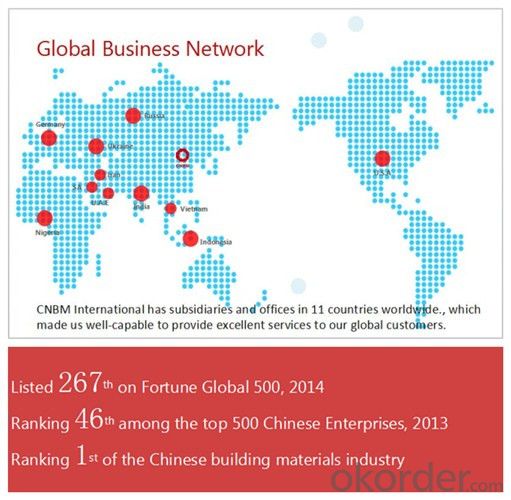
| After-sale service | CNBM provides the services and support you need for every step of our cooperation. We’re the business partners you can trust; you can relax and get on with doing business. |
| For any problem, please kindly contact us at any your convenient time, we’ll reply you in our first priority within 24 hours | |
| Advantages | Industry experience over 20 years. |
| Shipment of goods -More than 70 countries worldwide. | |
| The most convenient transport and prompt delivery. | |
| Competitive price with best service. | |
| High technical production line with top quality products. | |
| High reputation based on best quality products. |
Packaging & Delivery the Diameter 10mm AISI 304 Stainless Steel Wire Rod
| Packaging Detail | Sea worthy packing /as per customer's packing instruction |
| Delivery Detail | 15 ~ 40 days after receiving the deposit |
Products Show
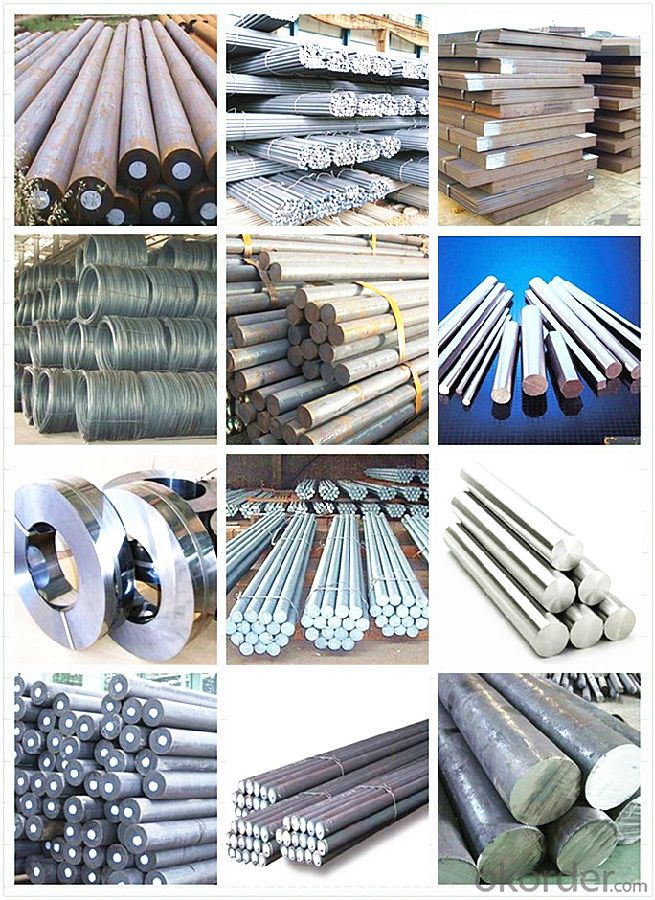
FAQ:
| Are you a trader or manufacturer? | Manufacturer |
| What’s the MOQ? | 3 metric ton |
| What’s your delivery time? | 15-35 days after downpayment received |
| Do you Accept OEM service? | Yes |
| what’s your delivery terms? | FOB/CFR/CIF |
| What's the Payment Terms? | 30% as deposit,70% before shipment by T/T |
| Western Union acceptable for small amount. | |
| L/C acceptable for large amount. | |
| Scrow ,Paybal,Alipay are also ok | |
| Why choose us? | Chose happens because of quality, then price, We can give you both. |
| Additionally, we can also offer professional products inquiry, products knowledge train (for agents), smooth goods delivery, excellent customer solution proposals. | |
| What's your available port of Shipment? | Main Port, China |
| What’s your featured services? | Our service formula: good quality+ good price+ good service=customer's trust |
| Where are your Market? | Covering more than 160 countries in the world |
- Q:Can special steel be used for electrical applications?
- Yes, special steel can be used for electrical applications. Special steel alloys, such as stainless steel or electrical-grade steels, are often used in electrical applications due to their excellent electrical conductivity, resistance to corrosion, and high strength properties. These steels are commonly utilized in the manufacturing of electrical components, wiring, transformers, and various electrical equipment.
- Q:What are the different surface hardening methods used for special steel?
- There are several different surface hardening methods that are commonly used for special steel. These methods are employed to improve the hardness and wear resistance of the steel, making it suitable for specific applications. Some of the most commonly used surface hardening methods for special steel include: 1. Carburizing: Carburizing is a heat treatment process that involves introducing carbon into the surface of the steel. This is typically done by heating the steel in a carbon-rich environment, such as a gas or liquid containing carbon. The carbon diffuses into the steel, forming a high-carbon layer on the surface. This process increases the hardness and wear resistance of the steel, making it suitable for applications that require high strength and durability. 2. Nitriding: Nitriding is a surface hardening process that involves introducing nitrogen into the surface of the steel. This is typically done by heating the steel in an atmosphere of ammonia gas. The nitrogen diffuses into the steel, forming a nitride layer on the surface. Nitrided steel exhibits high hardness, improved wear resistance, and increased fatigue strength. This method is commonly used for applications that require high surface hardness, such as gears, bearings, and tools. 3. Induction hardening: Induction hardening is a localized surface hardening method that involves heating only specific areas of the steel using electromagnetic induction. The heated areas are then rapidly quenched, resulting in a hardened surface layer. Induction hardening is often used for components that require high surface hardness, such as shafts, gears, and camshafts. It offers precise control over the hardened area, resulting in improved wear resistance and fatigue strength. 4. Flame hardening: Flame hardening is a surface hardening method that involves heating the steel surface using a high-temperature flame and then rapidly quenching it. The localized heating and quenching process produces a hard surface layer, while the core of the steel remains relatively unchanged. This method is commonly used for large and complex-shaped components, such as axles, crankshafts, and machine tool slides. 5. Laser hardening: Laser hardening is a precise and localized surface hardening method that involves using a high-energy laser beam to heat and melt the surface of the steel. The laser beam is moved across the surface to create a hardened layer. Laser hardening offers precise control over the hardened area, resulting in improved wear resistance and fatigue strength. It is commonly used for small and intricate components, such as cutting tools, molds, and dies. These are just a few of the surface hardening methods commonly used for special steel. Each method offers unique advantages and is chosen based on the specific requirements of the application. By employing these surface hardening methods, special steel can be tailored to meet the demands of various industries, including automotive, aerospace, and manufacturing.
- Q:How is high-speed tool steel used in the manufacturing of drills and taps?
- High-speed tool steel is commonly used in the manufacturing of drills and taps due to its excellent hardness, wear resistance, and ability to withstand high temperatures. This type of steel is able to retain its hardness at elevated temperatures, making it ideal for cutting tools that generate heat during operation. It enables drills and taps to effectively cut through various materials, including metal and wood, while maintaining their sharpness and durability. Additionally, high-speed tool steel allows for faster cutting speeds and increased productivity in manufacturing processes.
- Q:What are the different methods of testing special steel for quality assurance?
- There are several methods commonly used for testing special steel to ensure quality assurance. These methods include: 1. Chemical Analysis: This involves determining the composition of the steel by analyzing its chemical elements and their respective quantities. This helps to ensure that the steel meets the specified requirements and is free from any impurities. 2. Mechanical Testing: Mechanical testing assesses the strength, hardness, and other mechanical properties of the steel. Tensile tests, hardness tests, impact tests, and fatigue tests are some of the common mechanical tests performed on special steel. These tests help to evaluate the steel's performance under different conditions and ensure it meets the required standards. 3. Non-Destructive Testing (NDT): NDT techniques are used to detect any surface or internal defects in the steel without causing any damage. Magnetic particle testing, ultrasonic testing, radiographic testing, and dye penetrant testing are commonly employed methods for NDT. These tests are crucial in identifying any flaws that may compromise the steel's structural integrity. 4. Metallurgical Analysis: Metallurgical analysis involves the microscopic examination of the steel's microstructure to assess its quality. This analysis helps to identify any grain size variations, inclusions, or phase transformations that might affect the steel's performance. Metallography, optical microscopy, and electron microscopy are commonly used techniques for metallurgical analysis. 5. Corrosion Testing: Special steel is often exposed to harsh environments, making corrosion resistance a critical quality parameter. Corrosion testing evaluates the steel's resistance to corrosion in various conditions. Salt spray testing, electrochemical testing, and exposure to corrosive environments are some methods used for corrosion testing. 6. Dimensional Inspection: Dimensional inspection ensures that the special steel meets the specified dimensional requirements. This involves measuring the steel's dimensions, including length, width, thickness, and other critical dimensions, using calibrated instruments. By employing these various methods, manufacturers can thoroughly test special steel and ensure that it meets the required quality standards. This comprehensive testing helps to guarantee the performance, durability, and reliability of the steel in various applications.
- Q:What are the challenges in machining high-speed special steel?
- Machining high-speed special steel poses several challenges due to its unique properties and characteristics. One of the main challenges is its extreme hardness, which makes it difficult to cut and shape. High-speed special steel typically has a high carbon content and is heat-treated to enhance its hardness, which results in increased wear on cutting tools. The high hardness of this steel also leads to increased heat generation during machining, which can cause thermal distortion and affect the dimensional accuracy of the finished product. This requires the use of specialized cooling techniques and cutting tools with advanced coatings to dissipate heat and maintain stability. Another challenge is the brittleness of high-speed special steel. It tends to have low toughness and is prone to cracking and chipping during machining operations. This requires careful selection of cutting parameters, such as cutting speed, feed rate, and depth of cut, to prevent excessive stress and minimize the risk of tool failure. Additionally, high-speed special steel often contains alloying elements like tungsten, vanadium, and cobalt, which can further complicate the machining process. These elements increase the strength and wear resistance of the steel but also make it more challenging to machine. Specialized tool materials and cutting strategies are required to effectively machine these alloys and achieve desired surface finishes. Furthermore, the cost of high-speed special steel can be significantly higher than conventional steels, which adds to the challenges of machining. The high tooling costs associated with cutting tools necessary to machine this steel can be a significant investment. Overall, machining high-speed special steel requires advanced cutting techniques, specialized tooling, and careful consideration of cutting parameters to overcome the challenges posed by its extreme hardness, brittleness, and alloying elements.
- Q:What are the main applications of special steel in the power distribution industry?
- Special steel is widely used in the power distribution industry for various applications. One of the main applications is in the construction of transmission towers and electrical pylons. Special steel is preferred for these structures due to its high strength, durability, and resistance to corrosion. It ensures the safe and reliable transmission of electricity over long distances. Special steel is also used in the manufacturing of electrical transformers and generators. The steel's magnetic properties make it suitable for creating efficient and reliable power generation and distribution equipment. Additionally, special steel is used in the production of electrical connectors and conductors, which are essential for ensuring the efficient flow of electricity through power distribution systems. Overall, the main applications of special steel in the power distribution industry include transmission towers, electrical pylons, transformers, generators, and electrical connectors. These applications play a crucial role in maintaining a robust and reliable power grid, ensuring uninterrupted electricity supply to consumers.
- Q:How does special steel perform under low temperatures?
- Special steel performs well under low temperatures due to its high strength, toughness, and resistance to brittle fracture. It retains its mechanical properties and does not become brittle like other materials, making it suitable for applications in cold environments.
- Q:Can special steel be used in marine environments?
- Yes, special steel can be used in marine environments. Special steel, such as stainless steel or marine-grade steel, is specifically designed to withstand the harsh conditions of marine environments. These environments typically involve exposure to saltwater, which can be highly corrosive for many types of materials. However, special steel is resistant to corrosion due to its high levels of chromium and other alloying elements. This makes it highly suitable for various marine applications, including shipbuilding, offshore structures, and marine equipment. Special steel offers excellent strength, durability, and corrosion resistance, making it a reliable choice for marine environments. Additionally, special steel can be further treated and coated to enhance its resistance to corrosion, ensuring its longevity and performance in marine conditions.
- Q:What are the main applications of special steel in the mining exploration?
- Special steel is widely used in mining exploration due to its unique properties and strength. The main applications include the manufacturing of drill bits, drilling equipment, and machinery used in mining operations. Special steel's durability and resistance to wear and corrosion make it ideal for withstanding the harsh conditions encountered during mining exploration, ensuring efficient and reliable performance of equipment in this industry.
- Q:How does special steel perform in high-stress corrosion cracking environments?
- Special steel performs exceptionally well in high-stress corrosion cracking environments. Due to its unique composition and manufacturing process, special steel exhibits superior resistance to corrosion and cracking under high-stress conditions. This makes it an ideal choice for applications where reliability and durability are crucial, providing a long-lasting solution even in the harshest environments.
1. Manufacturer Overview |
|
|---|---|
| Location | |
| Year Established | |
| Annual Output Value | |
| Main Markets | |
| Company Certifications | |
2. Manufacturer Certificates |
|
|---|---|
| a) Certification Name | |
| Range | |
| Reference | |
| Validity Period | |
3. Manufacturer Capability |
|
|---|---|
| a)Trade Capacity | |
| Nearest Port | |
| Export Percentage | |
| No.of Employees in Trade Department | |
| Language Spoken: | |
| b)Factory Information | |
| Factory Size: | |
| No. of Production Lines | |
| Contract Manufacturing | |
| Product Price Range | |
Send your message to us
Diameter 10mm AISI 304 Stainless Steel Wire Rod
- Loading Port:
- Tianjin
- Payment Terms:
- TT OR LC
- Min Order Qty:
- 1 m.t.
- Supply Capability:
- 10000 m.t./month
OKorder Service Pledge
Quality Product, Order Online Tracking, Timely Delivery
OKorder Financial Service
Credit Rating, Credit Services, Credit Purchasing
Similar products
New products
Hot products
Related keywords
